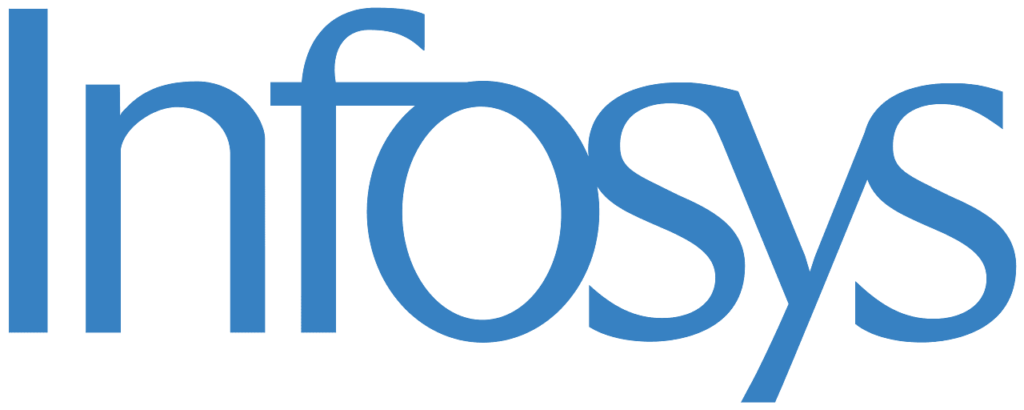SAP EHS

₹30,000.00
*at the time of checkout GST applied
Objectives of SAP EHS
The objectives of SAP Environment, Health, and Safety (EHS) focus on ensuring workplace safety, regulatory compliance, environmental sustainability, and efficient management of health and safety processes. SAP EHS provides businesses with the tools to minimize risks, reduce environmental impact, and maintain compliance with legal and industry standards. Below are the key objectives:
1. Regulatory Compliance
- Adherence to Legal Standards: Ensure compliance with global, regional, and industry-specific regulations for environment, health, and safety.
- Automated Reporting: Generate accurate regulatory reports to meet environmental, safety, and health standards.
- Compliance Audits: Facilitate internal and external audits with comprehensive records and traceability.
2. Risk Management
- Risk Identification: Proactively identify workplace and environmental risks.
- Risk Mitigation: Implement preventive measures to reduce the likelihood of incidents.
- Emergency Response: Prepare for and manage emergencies effectively to minimize impact.
3. Workplace Safety
- Incident Management: Record, track, and analyze workplace incidents to prevent recurrence.
- Safety Training Management: Organize and monitor safety training programs for employees.
- Hazardous Substance Management: Safely manage and track hazardous materials to minimize risks.
4. Environmental Sustainability
- Waste Management: Optimize waste disposal processes to reduce environmental impact.
- Energy Efficiency: Monitor and optimize energy consumption to meet sustainability goals.
- Emissions Management: Track and control greenhouse gas emissions and other pollutants.
5. Health and Hygiene Management
- Occupational Health: Monitor employee health records and ensure compliance with health standards.
- Exposure Tracking: Track and manage employee exposure to hazardous substances and environments.
- Health Assessments: Schedule and manage periodic health checks and assessments.
6. Efficient Data Management
- Centralized Data Repository: Consolidate EHS data in a single platform for easy access and analysis.
- Document Control: Manage safety data sheets (SDS), risk assessments, and compliance documentation.
- Real-Time Insights: Use real-time data to monitor performance and identify improvement opportunities.
7. Process Automation
- Workflow Management: Automate EHS workflows, such as incident reporting and compliance checks.
- Task Assignments: Assign and track tasks related to health, safety, and environmental processes.
- Integrated Notifications: Set up alerts for critical EHS activities and deadlines.
8. Integration with Core Processes
- ERP Integration: Connect EHS with SAP modules like Materials Management (MM), Production Planning (PP), and Asset Management (AM).
- Supply Chain Integration: Collaborate with suppliers and partners to ensure environmental and safety compliance.
- Product Compliance: Ensure that products meet environmental and safety regulations during development and production.
9. Performance Monitoring and Reporting
- Key Performance Indicators (KPIs): Monitor safety, health, and environmental KPIs to track progress and identify gaps.
- Advanced Analytics: Leverage analytics to improve decision-making and drive continuous improvement.
- Customizable Dashboards: Visualize EHS performance metrics for different stakeholders.
10. Sustainability Goals Alignment
- Corporate Sustainability: Align EHS initiatives with broader corporate sustainability goals.
- Resource Optimization: Reduce waste and optimize resource usage for environmental conservation.
- Carbon Footprint Reduction: Implement strategies to minimize carbon emissions and enhance sustainability.
11. Incident and Accident Prevention
- Proactive Measures: Analyze historical data to identify and mitigate potential safety hazards.
- Root Cause Analysis: Investigate incidents to determine root causes and implement corrective actions.
- Behavioral Safety: Promote a culture of safety awareness and accountability across the organization.
12. Support for Modern Technologies
- IoT Integration: Use IoT sensors to monitor workplace conditions, such as air quality and noise levels, in real-time.
- Mobile Access: Enable employees to report incidents or access safety data on the go using mobile devices.
- AI and Predictive Analytics: Utilize AI for predictive risk assessments and safety trend analysis.
13. Global and Local Compliance Management
- Multi-Region Support: Handle compliance requirements for different countries and regions.
- Localized Reporting: Generate region-specific reports for local regulatory authorities.
- Standardization Across Sites: Standardize EHS practices across global operations.
14. Continuous Improvement
- Feedback Loops: Gather feedback from employees and stakeholders to improve EHS processes.
- Benchmarking: Compare performance against industry standards and best practices.
- Innovation Adoption: Incorporate new technologies and methodologies to enhance EHS effectiveness.










